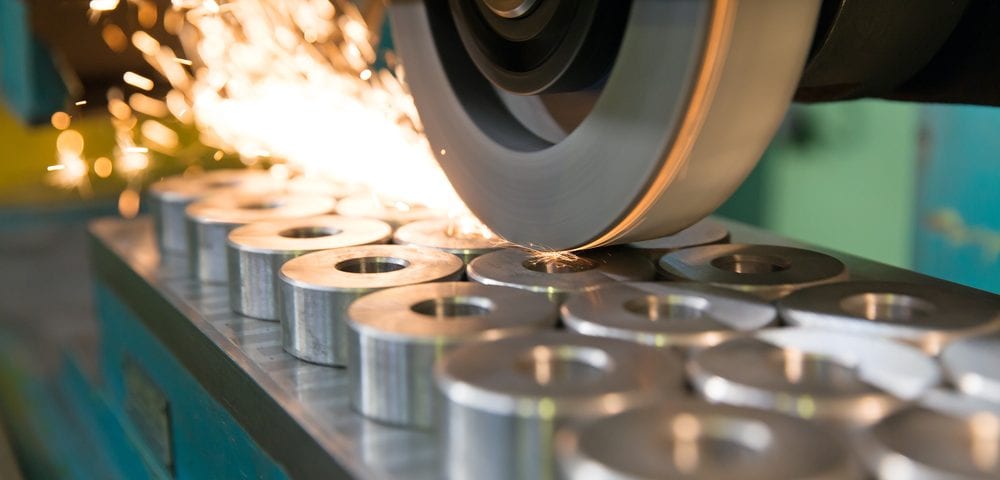How and Why Steel and Metal Polishing Are Performed, Part 2

How and Why Steel and Metal Polishing Are Performed, Part 1
October 2, 2020
Reading and Grasping Metal Mill Test Reports, Part 1
October 16, 2020In part one of this two-part blog series, we went over some of the basics on the metal and steel polishing process. Often used for aesthetics, but also valuable for a few other purposes, metal polishing is a common finishing process often applied to several metal types, including steel.
At Wasatch Steel, we’re happy to provide not only a wide range of steel products, but also steel services and expertise on any of the processes often carried out on our products. We’ve assisted many clients with understanding how and why processes like steel and metal polishing are done, and we’ll be thrilled to do the same for you. Today’s part two of our series will dig into a few more important details here, including how the polishing process actually takes place and some of the applications where this process is most commonly used.
Abrasives Used
As we noted in part one, metal polishing will involve an abrasive applied to the metal surface through a few different formats. Depending on both metal strength and other factors, however, this abrasive type may vary. This is generally broken down based on the type of metal being used:
- High-tensile strength metals (carbon or alloy steel, iron and others): These generally require white and grey aluminum oxide abrasives.
- Ferrous metals (steel): Require green chromium oxide abrasives.
- Low-tensile strength metals (aluminum, brass, copper): Gray silicone carbide abrasives will usually be used.
How the Process Works
In cases where the metal in question is unfinished, the metal polishing process will go as follows:
- A rough abrasive will be used to remove any imperfections on the metal
- Polishing will be done using a finer abrasive, and also often including buffing as well
- Certain lubricants, such as wax, kerosene or others, may be used during the process
This is a very rough layout – there are several cases where this process may vary. Softer metals, for instance, will require a grit that smooths out any marks; special tools being polished, from construction tools all the way down to home cutlery, will go through a different process that utilizes a grinding wheel. Our pros will be happy to explain the process for any specific metal you’re considering.
Common Metal Polishing Applications
As we noted in part one, metal polishing has a few different benefits. It’s often required to confirm and maintain the quality of a given part, such as for auto parts, cookware, architectural areas and many others; it can also be used for basic repairs on similar parts.
However, there are plenty of other uses. For one, polishing limits corrosion and mold risks in metal, which increases safety and performance. For another, polishing and buffing are ideal for metal aesthetics, which is a major factor in certain public-facing manufacturing areas.
For more on metal and steel polishing, or to learn about any of our steel bar, tube, plate or other steel products, speak to the staff at Wasatch Steel today.



